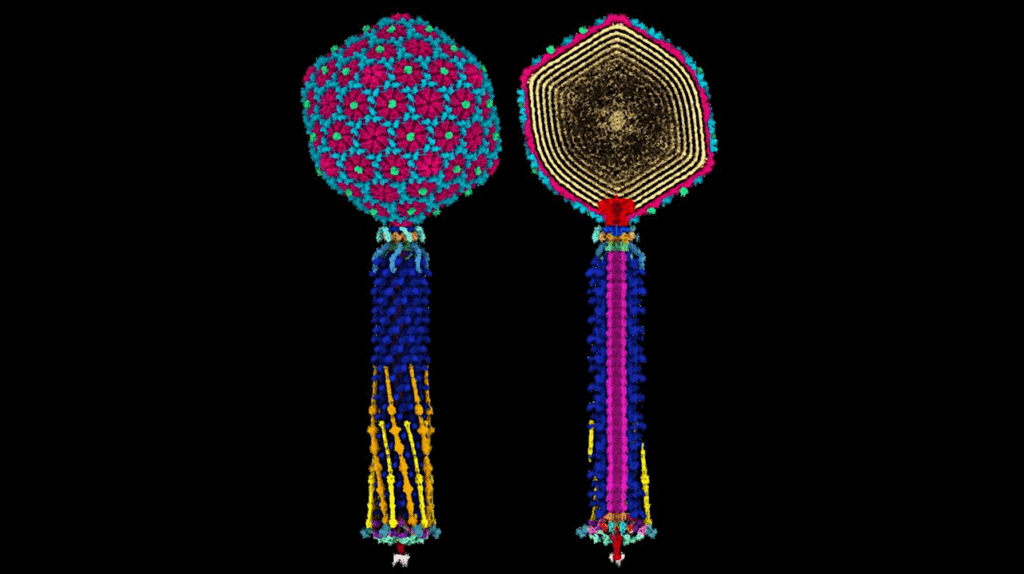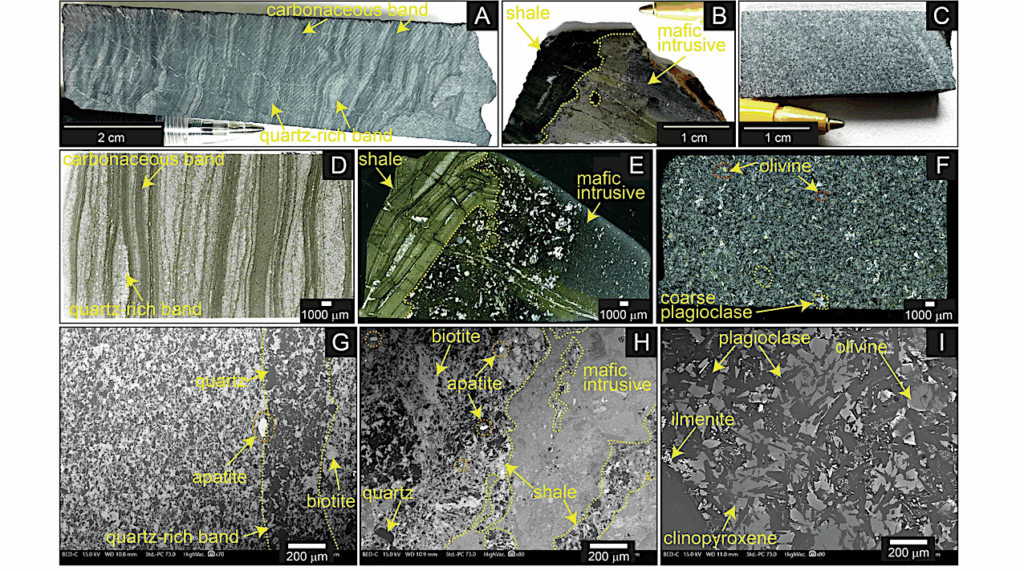Tricorder Tech: Microchip Can Electronically Detect Covid Antibodies In Just A Drop Of Blood

A single drop of blood from a finger prick. A simple electronic chip. And a smartphone readout of test results that could diagnose a Covid-19 infections or others like HIV or Lyme disease.
It sounds a bit like science fiction, like the beginnings of the medical tricorder used by doctors on Star Trek. Yet researchers at Georgia Tech and Emory University have taken the first step to showing it can be done, and they’ve published their results in the journal Small.
Postdoctoral fellow Neda Rafat and Assistant Professor Aniruddh Sarkar created a small chip that harnesses the fundamental chemistry of the gold-standard lab method but uses electrical conductivity instead of optics to detect antibodies and indicate infection.
“At the heart of many diagnostics, something binds to something, and a signal is produced. That’s where the optics interact and generate a light signal,” said Sarkar, a faculty member in the Wallace H. Coulter Department of Biomedical Engineering at Georgia Tech and Emory. “What Neda has done is figured out a way of making that binding event happen between a patient sample and something from the sensor itself, so that signal will be directly electronic.”

The custom app displays test results from the portable chip reader
The “something” Rafat is using is silver, an electrically conductive metal. Her approach creates small silver deposits in tiny wells of the microchip, completing an electrical circuit that can be measured with a simple multimeter.
The technique is a new approach to diagnostics like the rapid antigen tests that have become so familiar during the Covid pandemic, but the team’s tests do much more. Rafat, Sarkar, and their team of researchers created multiplex chips, which means they can detect multiple different kinds of antibodies. That allows one chip to potentially screen for multiple infections from just a single drop of blood. The team also can quantify the level of antibodies in the blood based on how much silver ends up on the chip.
In the case of Covid antibodies — which is where the team has started — the technique proved powerful enough to differentiate between samples with antibodies caused by a Covid infection and antibodies created solely from one of the mRNA-based vaccines.
The researchers’ technique marries the best features of two kinds of diagnostics known as immunoassay tests: cheap, easy-to-use lateral flow-based assay tests (LFA) that offer a simple yes/no response (like at-home Covid tests) and the elaborate lab-based enzyme-linked immunosorbent assay (ELISA) tests that can quantify antibodies in samples but require large, expensive equipment and specially trained personnel.

The research team built this Bluetooth interface to connect to a smartphone and display test results. The chips here show several different outcomes of a Covid-19 test: one dot of silver is a control, showing the test worked. Two dots show the presence of antibodies resulting from vaccination, and three or four dots of silver show the presence of antibodies resulting from a Covid infection. (Photos: Candler Hobbs)
“In terms of diagnostics, our approach is so generic, in a way, because immunoassays are so common. They’re used in infectious diseases, but also for noncommunicable diseases — autoimmune diseases or cancer or cardiovascular disease,” Sarkar said. “Immunoassays are right in the center of so many diagnostics, and one whole class of tests can now be made into the electronic multiplex format using this technique.”
Instead of using fluorescence or light to detect antibodies — a powerful expensive approach used in centralized testing labs — the team coated tiny electrodes on their chip with antigens that bind with Covid-19 antibodies. When those antibodies were present in a sample of blood placed on the chip, the resulting interaction caused a small amount of silver to be deposited.

Multiplexed electronic biomarker detection. a) Multiplexed microchip for detection of four biomarkers. b) Design of two polydimethylsiloxane (PDMS) layers for different assays formats of multiplexing. c) Biotin-SA assay for testing locallization of silver metallization. d) Localized property of silver metallization and impedance data for positive controls (biotin-BSA) versus negative controls (BSA).
“Let’s say that we are detecting Covid-19 antibodies. The more antibodies we have, the more silver is deposited, and it’s more conductive and has lower resistance,” said Rafat, the first author on the Small paper. “This way, by relating the conductivity or resistance to the analyte concentration, we can also quantify the biomarker concentration.”
Sarkar said that could be an important tool to monitor the effectiveness of vaccines, especially as the coronavirus continues to mutate and booster shots could become a regular part of our lives. The multiplexing function also means chips could test for multiple variants of the virus with just the one drop of blood.
“At some point we will want to know, is my vaccine still working? Or maybe someone has a suppressed immune system — perhaps they are a cancer survivor, have an autoimmune disease, or had a transplant — and their doctor wants to know if the vaccine is effectively protecting them,” Sarkar said. “That’s where, in the Covid context, this would be valuable.”
Rafat and the team manufactured the chip with the help of the Georgia Tech Institute for Electronics and Nanotechnology. Then they built a portable reader that connects via Bluetooth to a custom smartphone app: Insert the chip, and the test results are displayed on the phone. Though it’s only a demonstration app so far, Rafat said that offers exciting possibilities for public health agencies to seamlessly track infections.

Multiplexed detection of multiple SARS-CoV-2 viral antigen-specific antibodies. a) Assay steps for detection of human IgG against S and N antigens. Testing specificity of the assay using b) S monoclonal antibody and c) N monoclonal antibody. Differentiation between d) healthy control, e) COVID+, and f) vaccinated serum samples with the multiplexed microchip. Each data point is the mean of n = 2 replicates and error bars are standard deviations.
Sarkar emphasized their approach is by no means a silver bullet for disease diagnosis — at least, not yet — but they’ve demonstrated the core technology works. The chip the team described in this study can test simultaneously for four different antibodies, but they’re already at work on chips with the ability to run 60 or more different tests on a sample.
“The Covid-19 pandemic just nailed down that we need fast diagnostics. The Ebola outbreak was in 2014, MERS [Middle East respiratory syndrome] happened in 2012, SARS [severe acute respiratory syndrome] was 2001 — these things keep happening,” Sarkar said. “So there is a need. Covid just made it emergent.”
This research was supported by the National Institute of Health, grant No. R01AI152158. Any opinions, findings, and conclusions or recommendations expressed in this material are those of the authors and do not necessarily reflect the views of any funding agency.
Citation: Rafat, N., Zhang, H., Rudge, J., Kim, Y. N., Peddireddy, S. P., Das, N., Sarkar, A., Enhanced Enzymatically Amplified Metallization on Nanostructured Surfaces for Multiplexed Point-of-Care Electrical Detection of COVID-19 Biomarkers. Small 2022, 2203309. https://doi.org/10.1002/smll.202203309
Astrobiology, Tricorder,








